
Ephesus Museum: A Journey from Mycenaean Civilizations to the Ottoman Era in 4,000 Artifacts
Located in the historical town of Selçuk in Türkiye’s İzmir province, the Ephesus Museum offers an extraordinary journey through time with its vast collection of approximately 4,000 artifacts. Stretching from the Mycenaean period (1600–1100 BCE) to the Ottoman era, the museum is a cultural bridge between ancient civilizations and modern-day visitors.
Curated under the Turkish Ministry of Culture and Tourism, the museum features relics excavated from Ephesus and surrounding archaeological sites. Exhibitions are arranged thematically, offering a narrative-rich exploration of art, religion, and everyday life through the ages.
Highlights: The Goddess of Fertility and Power
Among the most iconic pieces are the statues of Ephesus Artemis, distinct from the classical Greek Artemis. According to museum director Murat Kaleağasıoğlu’s statement to AA, the Ephesus version of Artemis embodies attributes of Kybele, the ancient Anatolian mother goddess, symbolizing fertility and abundance.
📣 Our WhatsApp channel is now LIVE! Stay up-to-date with the latest news and updates, just click here to follow us on WhatsApp and never miss a thing!!
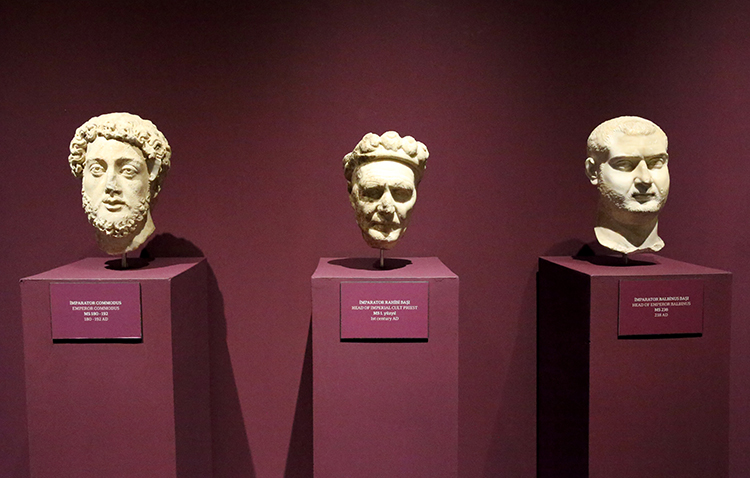
“The Great Artemis statue is crowned with a ‘Polos’ — a ceremonial headdress that features symbols of fertility. Her gown displays bee motifs, a revered emblem of Ephesus. In the ‘Beautiful Artemis’ statue, we also see a zodiac necklace and deer figures, reflecting deeper mythological symbolism,” said Kaleağasıoğlu.
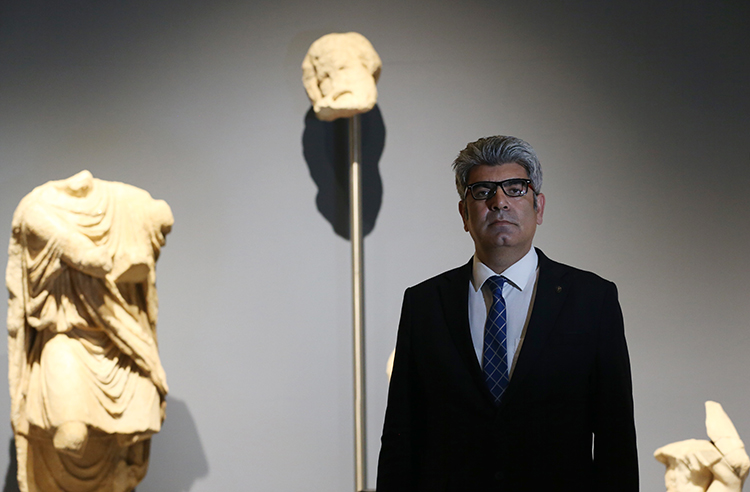
Both statues were discovered in 1954 during excavations at the Prytaneion, an official civic building of ancient Ephesus, and have since remained centerpieces of the museum’s collection.
From Imperial Busts to Ancient Coins
Ephesus Museum goes beyond mythological sculptures. Visitors can admire the bust of Roman Emperor and philosopher Marcus Aurelius, a rare ivory frieze of Emperor Trajan, and a finely detailed head of Eros found near the famed Curetes Street.
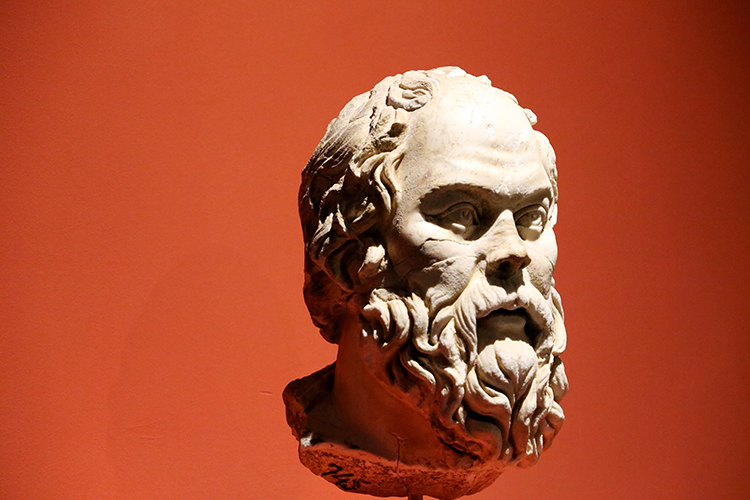
In addition, the museum features:
- Exhibits on Turkish handicrafts and trade life from the Ottoman and earlier periods
- A stunning collection of electrum, gold, silver, and copper coins
- Jewelry pieces spanning millennia
- Relics from the Yamaç Houses, an elite residential area in Roman Ephesus
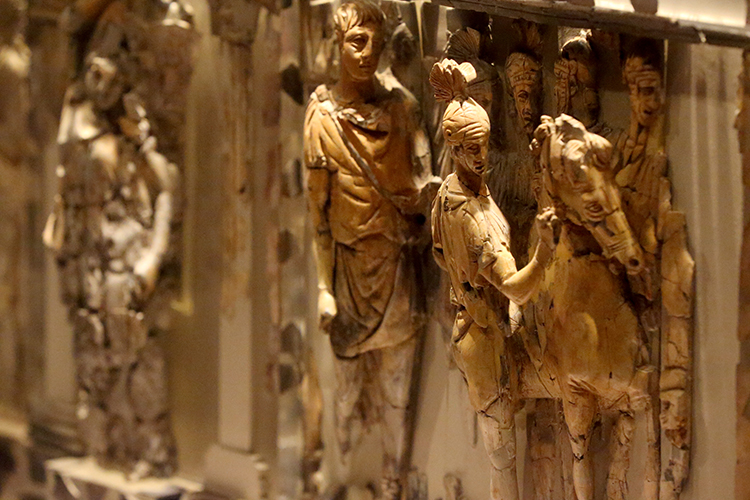
Special Exhibition: From Stone Axe to Armed Dron
The museum will also participate in the Ministry of Culture and Tourism’s special initiative celebrating the 102nd anniversary of the Turkish Republic. On May 18, Ephesus Museum will open a temporary exhibition titled “From Stone Axe to Armed Drone (SİHA)”, presenting a sweeping visual timeline of technological evolution from prehistoric tools to modern defense equipment.
Cover Image: Hüseyin Bağış/AA
You may also like
- A 1700-year-old statue of Pan unearthed during the excavations at Polyeuktos in İstanbul
- The granary was found in the ancient city of Sebaste, founded by the first Roman emperor Augustus
- Donalar Kale Kapı Rock Tomb or Donalar Rock Tomb
- Theater emerges as works continue in ancient city of Perinthos
- Urartian King Argishti’s bronze shield revealed the name of an unknown country
- The religious center of Lycia, the ancient city of Letoon
- Who were the Luwians?
- A new study brings a fresh perspective on the Anatolian origin of the Indo-European languages
- Perhaps the oldest thermal treatment center in the world, which has been in continuous use for 2000 years -Basilica Therma Roman Bath or King’s Daughter-
- The largest synagogue of the ancient world, located in the ancient city of Sardis, is being restored

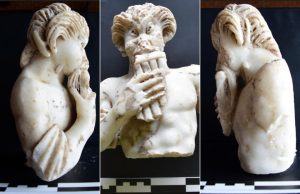
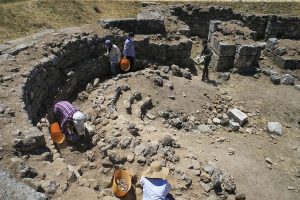
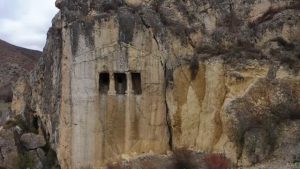
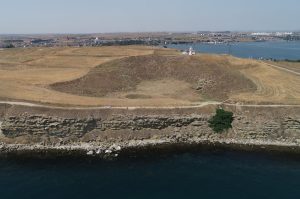
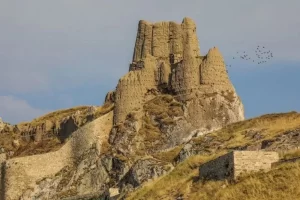
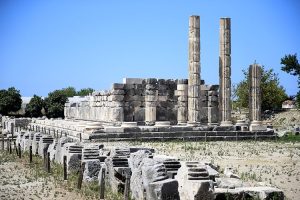
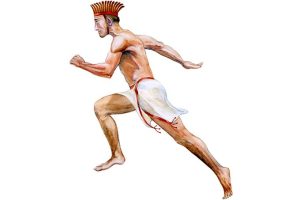

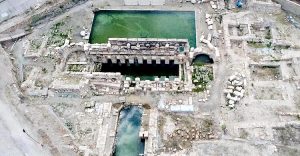
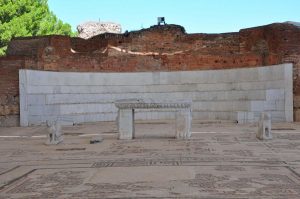
Leave a Reply